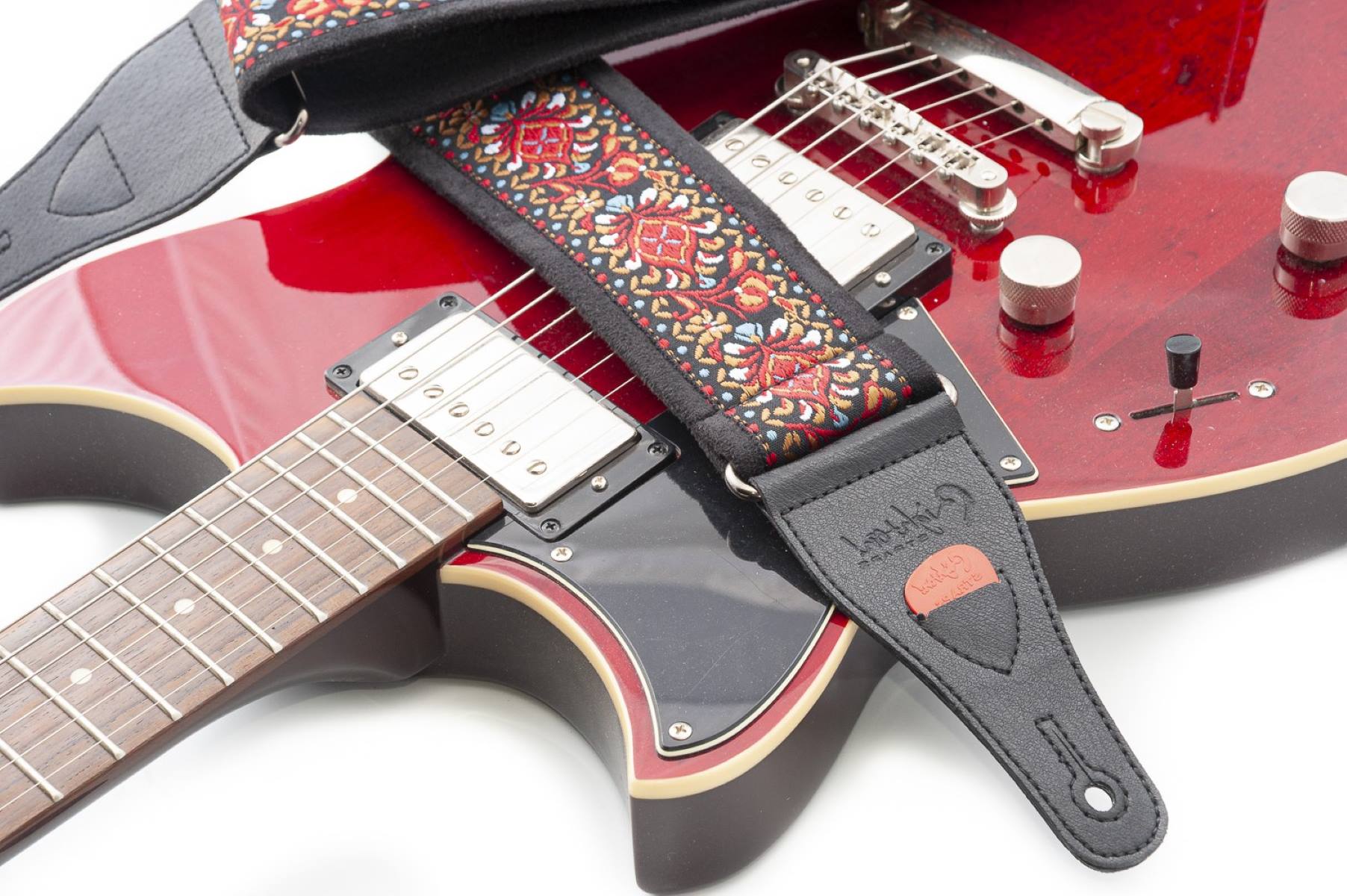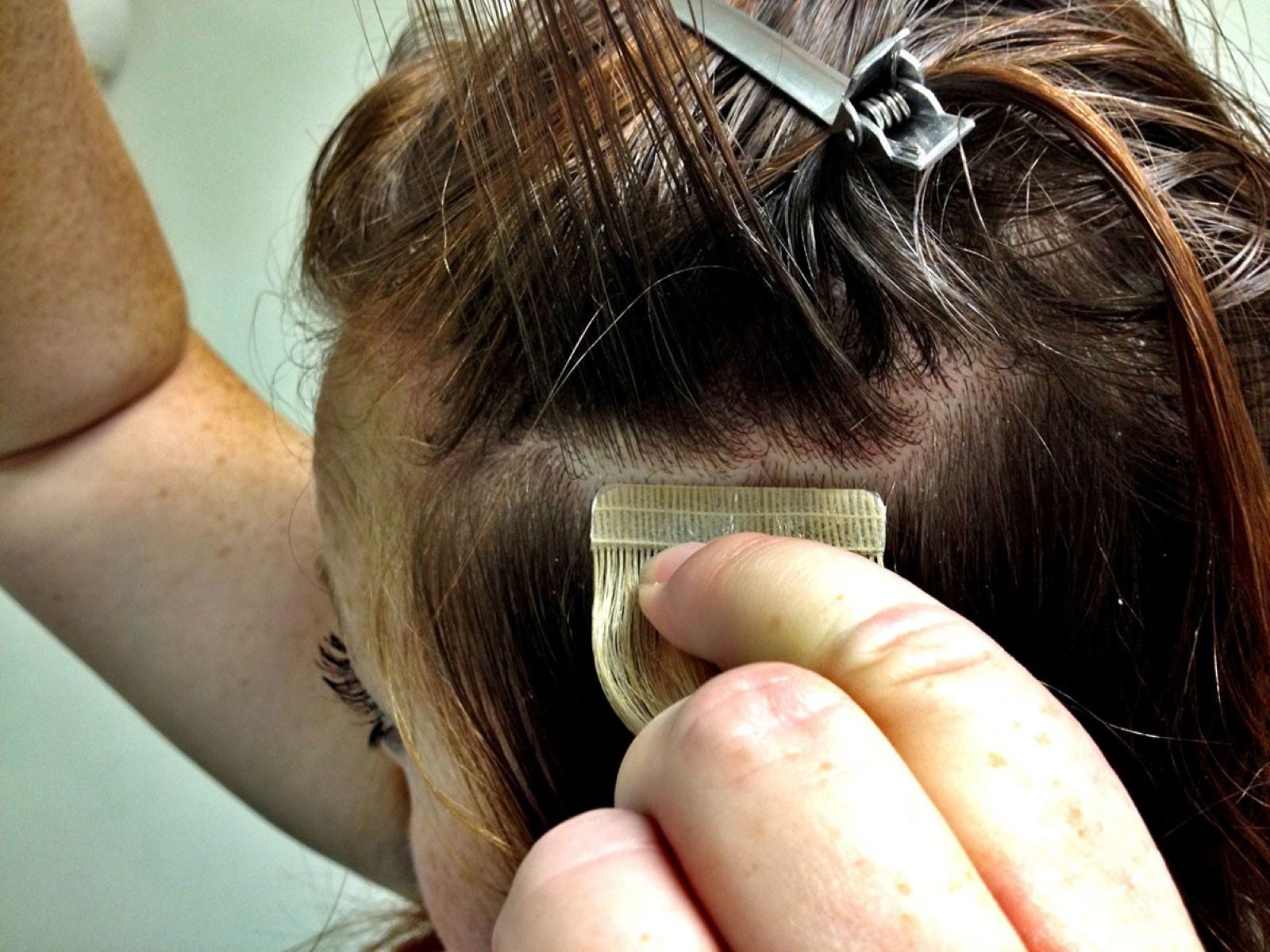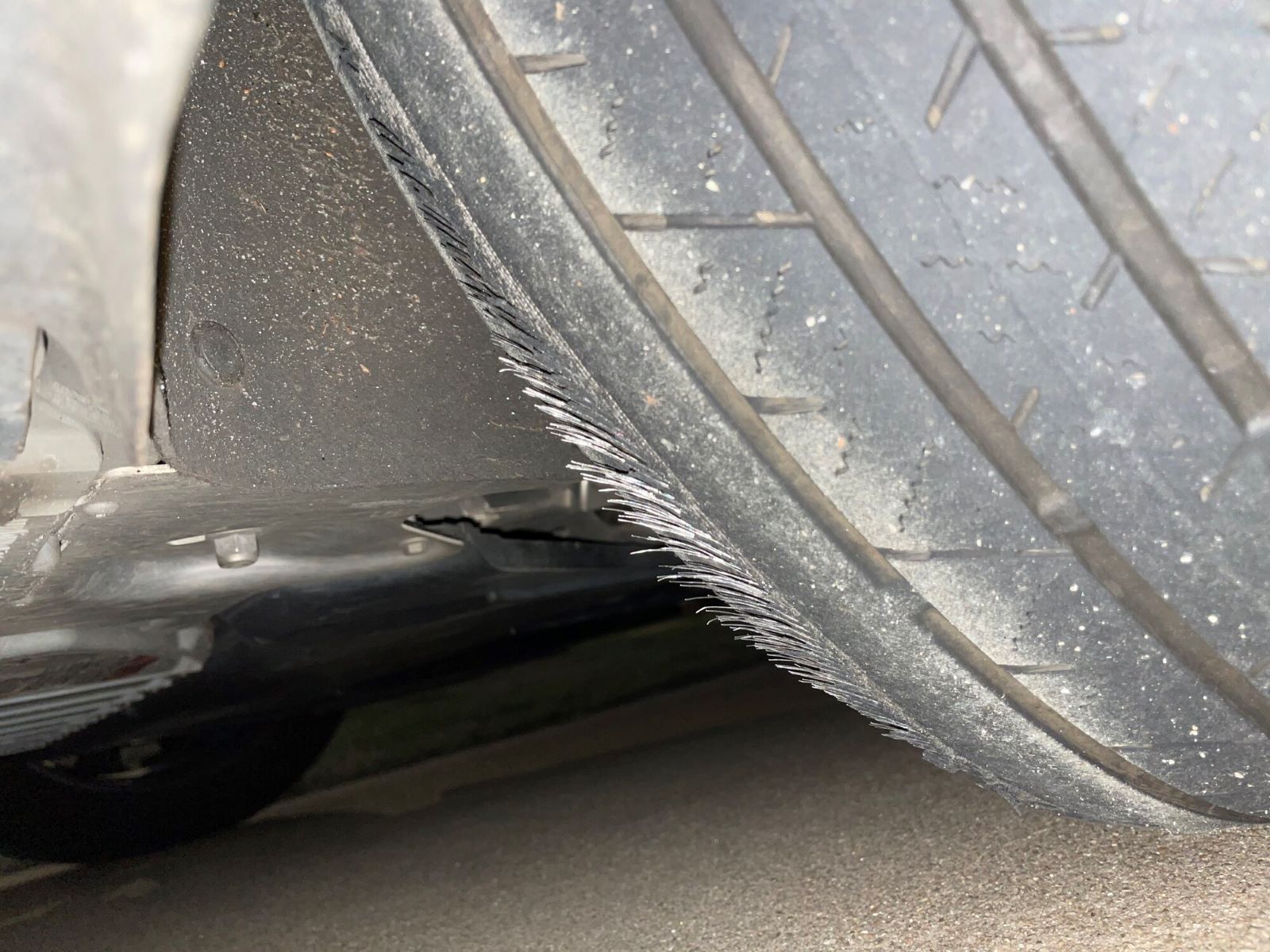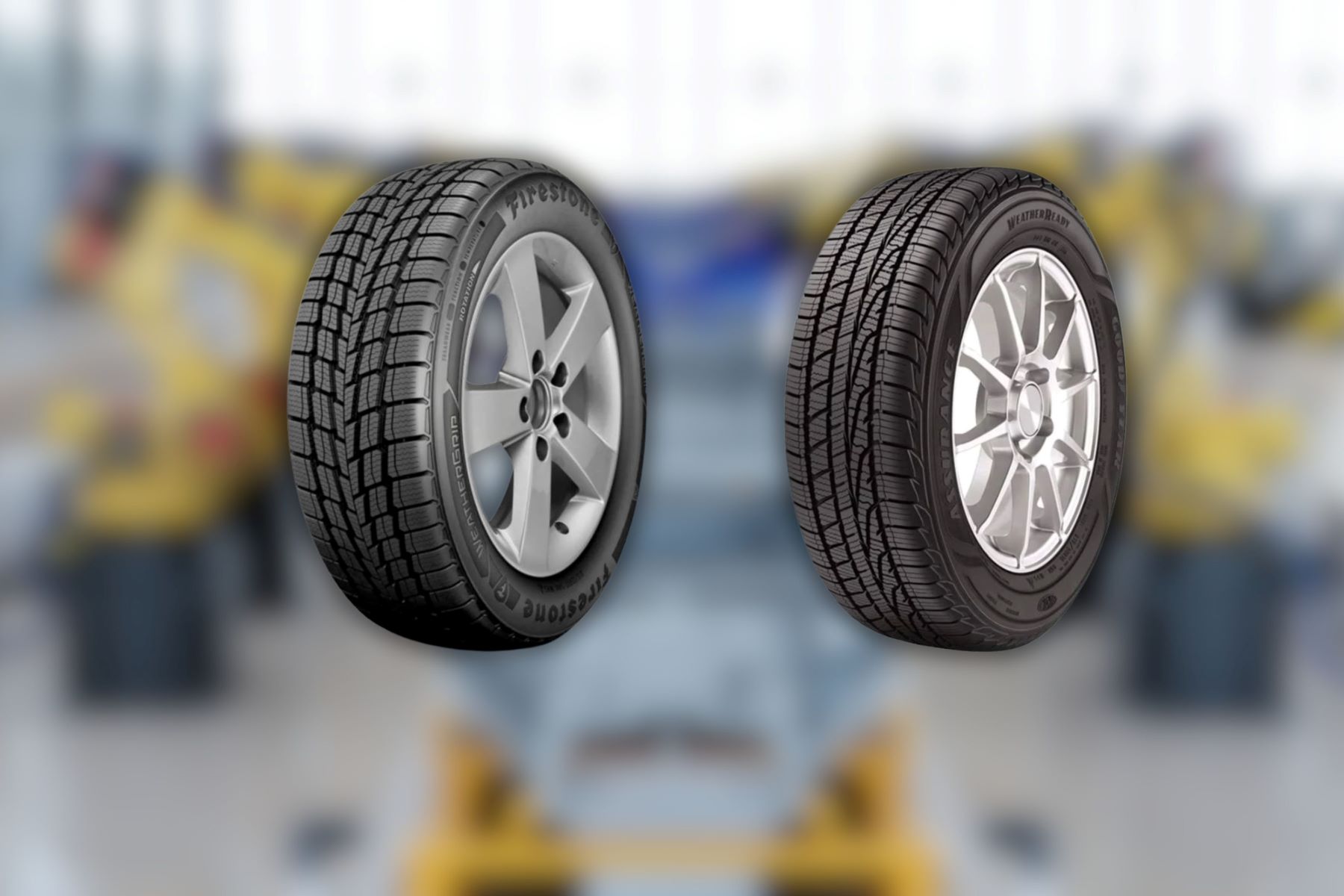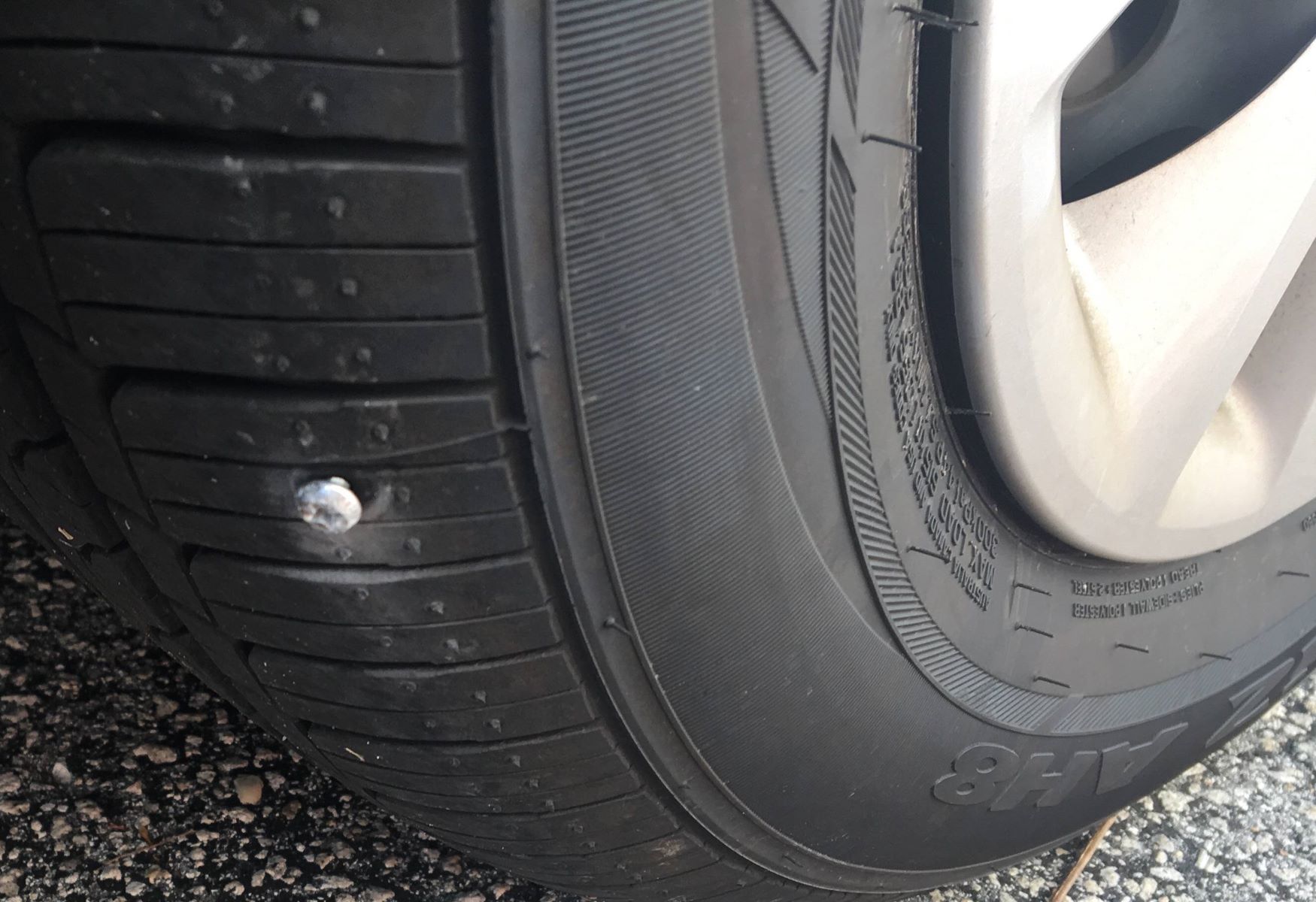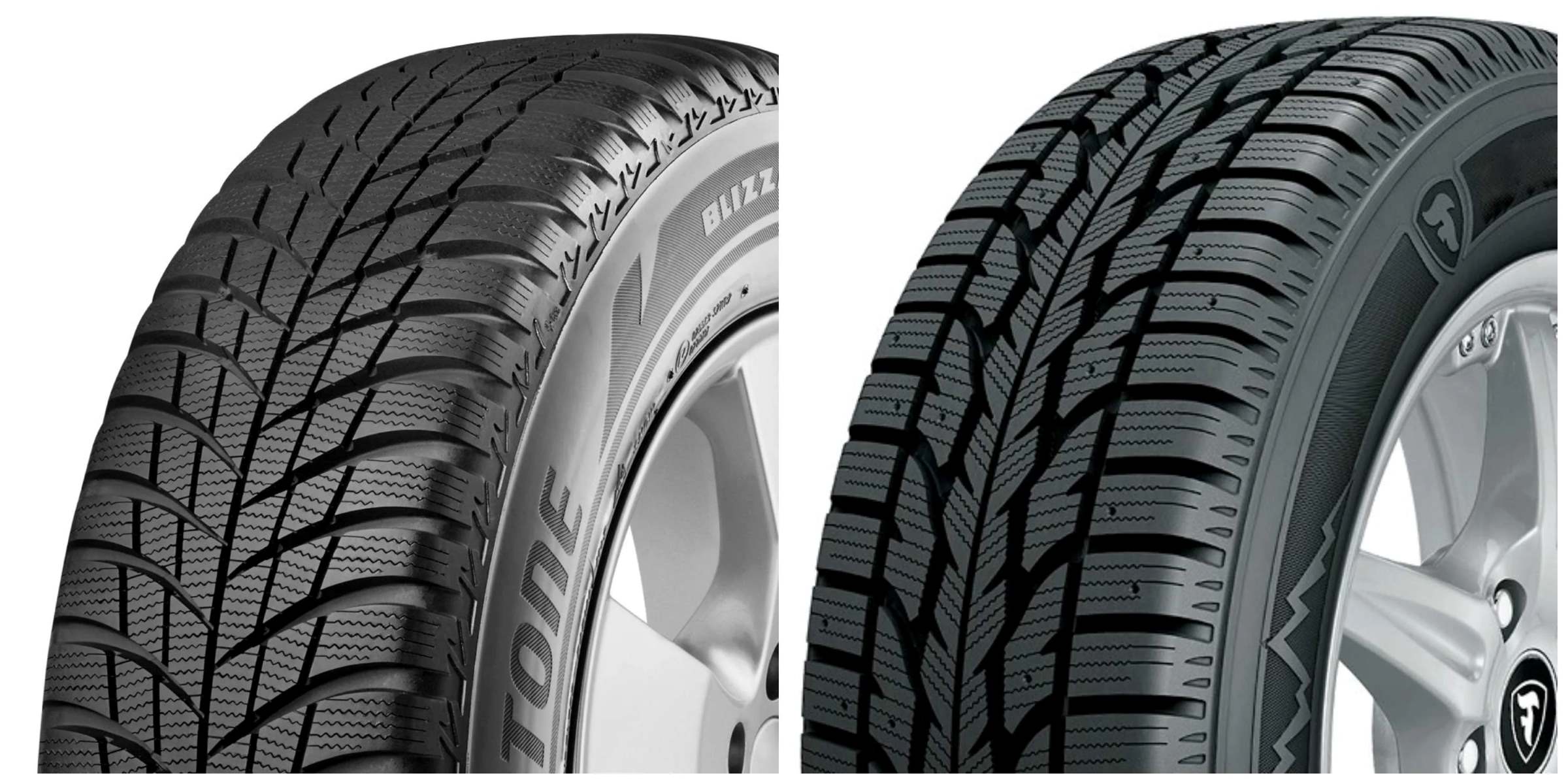Home>Automotive>How To Put A Tire On A Rim
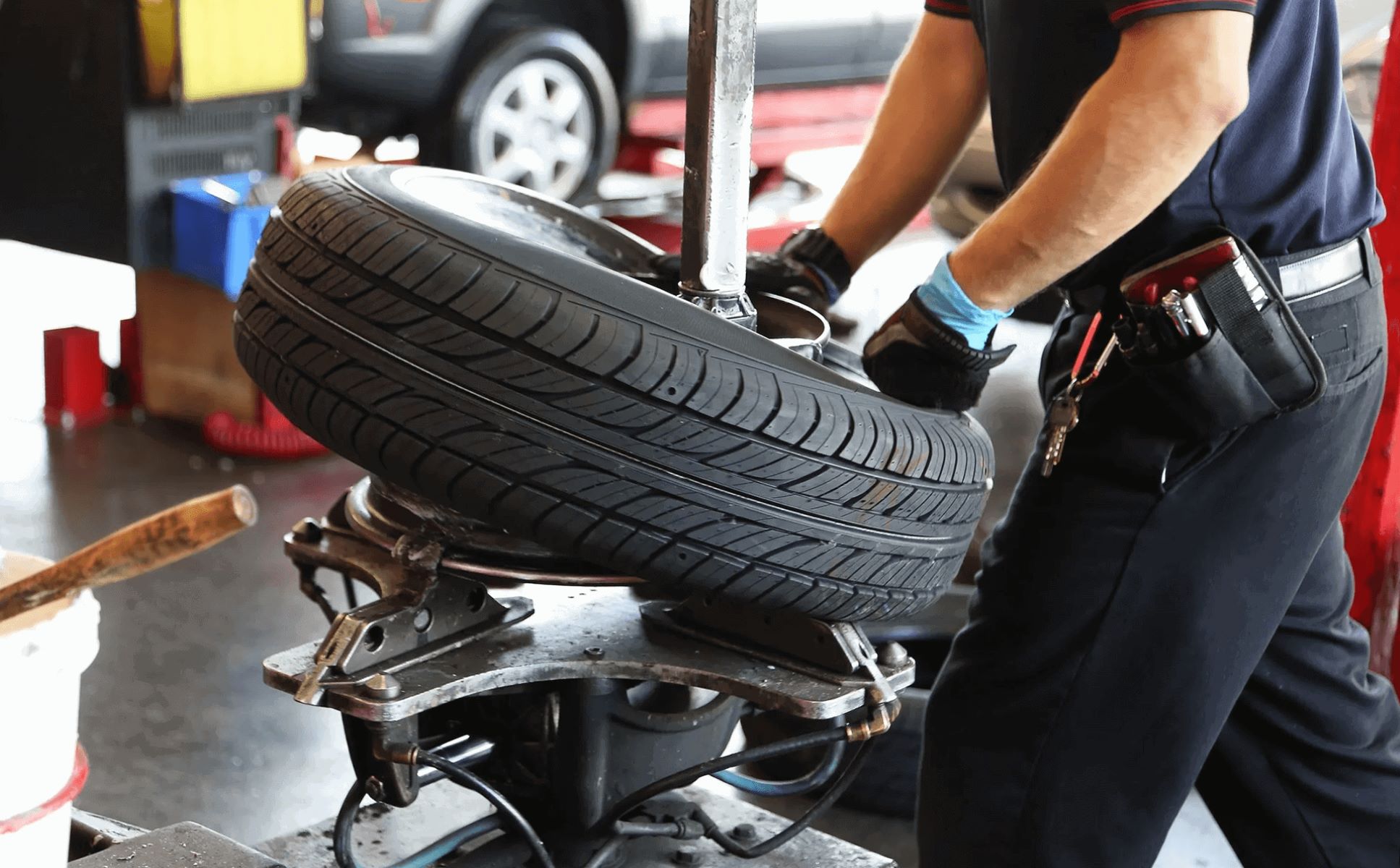

Automotive
How To Put A Tire On A Rim
Published: February 28, 2024
Learn the step-by-step process of putting a tire on a rim in the automotive industry. Discover expert tips and techniques for a seamless tire installation.
(Many of the links in this article redirect to a specific reviewed product. Your purchase of these products through affiliate links helps to generate commission for Regretless.com, at no extra cost. Learn more)
Table of Contents
Introduction
Putting a tire on a rim is a fundamental skill that every car owner should be familiar with. Whether you're dealing with a flat tire or simply need to change your tires, knowing how to mount a tire on a rim can save you time, money, and the hassle of waiting for professional assistance. This essential knowledge can come in handy during emergencies or routine maintenance, making it a valuable skill for any driver.
Understanding the process of putting a tire on a rim empowers you to take control of your vehicle's maintenance and ensures that you're prepared for unexpected situations on the road. By mastering this skill, you can confidently handle tire-related issues without relying on external help, giving you a sense of independence and self-reliance when it comes to your vehicle's upkeep.
In this comprehensive guide, we will walk you through the step-by-step process of putting a tire on a rim, equipping you with the knowledge and confidence to tackle this task effectively. From the essential tools and equipment needed to the final safety precautions, you will gain a thorough understanding of the tire-mounting process, enabling you to handle it with ease and precision.
By the end of this guide, you will have the expertise to mount a tire on a rim efficiently and safely, ensuring that your vehicle is equipped with properly fitted and inflated tires. Let's dive into the details and equip ourselves with the essential skills to handle tire-related tasks with confidence and proficiency.
Read more: The Surprising Truth About Tires And Rims!
Tools and Equipment Needed
When it comes to putting a tire on a rim, having the right tools and equipment at your disposal is crucial for a successful and efficient process. Here's a comprehensive list of the essential items you'll need to complete this task effectively:
-
Tire Irons or Tire Spoons: These specialized tools are designed to help pry the tire over the rim, making it easier to manipulate the tire during the mounting process. Tire irons come in various lengths and designs, allowing you to choose the most suitable option for your specific tire and rim combination.
-
Valve Core Tool: This small yet essential tool is used to remove the valve core from the tire's valve stem. By releasing the air from the tire, you can easily separate the tire from the rim, facilitating the mounting process.
-
Tire Lubricant: Applying a generous amount of tire lubricant to the tire beads and rim edges reduces friction and eases the tire mounting process. This lubricant ensures that the tire slides onto the rim smoothly, minimizing the risk of damage to the tire or rim.
-
Air Compressor: An air compressor is indispensable for inflating the tire once it's mounted on the rim. Ensure that the compressor is in good working condition and has sufficient pressure to inflate the tire to the recommended level.
-
Tire Pressure Gauge: Accurately measuring the tire pressure is essential for maintaining optimal tire performance and safety. A reliable tire pressure gauge allows you to monitor and adjust the tire pressure as needed, ensuring that the tire is inflated to the manufacturer's specifications.
-
Safety Glasses and Gloves: Protecting your eyes and hands during the tire mounting process is crucial. Safety glasses shield your eyes from potential debris or tire-related hazards, while gloves provide a secure grip and protect your hands from sharp edges or tire lubricant.
-
Rim Protector: Using a rim protector helps prevent damage to the rim's surface during the tire mounting process. These protective tools shield the rim from accidental scratches or dents caused by tire irons or spoons, preserving the integrity of the rim.
-
Bead Seater (Optional): In some cases, a bead seater can be used to assist in seating the tire beads onto the rim. This tool utilizes a burst of compressed air to quickly and effectively seat the tire beads, ensuring a secure fit between the tire and rim.
By ensuring that you have these essential tools and equipment on hand, you can approach the tire mounting process with confidence and precision. Each item plays a critical role in facilitating the smooth and safe mounting of the tire onto the rim, allowing you to maintain your vehicle's tires with efficiency and expertise.
Preparing the Tire and Rim
Before diving into the tire mounting process, it's crucial to prepare the tire and rim to ensure a smooth and efficient mounting experience. Proper preparation not only facilitates the tire mounting process but also minimizes the risk of damage to the tire or rim. Here's a detailed breakdown of the essential steps involved in preparing the tire and rim:
-
Inspecting the Tire and Rim: Begin by thoroughly inspecting both the tire and rim for any signs of damage, such as cuts, bulges, or corrosion. Check the tire's tread depth and sidewalls for wear and tear, ensuring that the tire is in good condition for mounting. Similarly, examine the rim for any dents, cracks, or irregularities that may affect the tire's fitment.
-
Cleaning the Rim: It's essential to clean the rim's surface to remove any dirt, debris, or old tire lubricant. Use a mild detergent and water to clean the rim, ensuring that it's free from any contaminants that could hinder the tire mounting process. Additionally, inspect the rim's valve stem and ensure that it's in good condition and free from any obstructions.
-
Applying Tire Lubricant: Prior to mounting the tire, apply a generous amount of tire lubricant to the tire beads and the rim's bead seat. The lubricant reduces friction and allows the tire to slide onto the rim smoothly, minimizing the risk of damage to the tire beads or rim edges. Ensure that the lubricant is evenly distributed and covers the entire circumference of the rim's bead seat.
-
Positioning the Tire and Rim: Place the rim on a stable surface and position the tire next to it, ensuring that the tire's valve stem aligns with the rim's valve hole. This alignment facilitates the subsequent inflation process and ensures that the tire is mounted in the correct orientation.
-
Securing the Rim Protector: If using a rim protector, securely attach it to the rim's edge to safeguard the rim's surface during the tire mounting process. The rim protector acts as a barrier between the tire iron or spoon and the rim, preventing accidental scratches or damage while manipulating the tire onto the rim.
By meticulously preparing the tire and rim, you set the stage for a successful tire mounting process. These preparatory steps not only streamline the mounting process but also contribute to the overall safety and integrity of the tire and rim. With the tire and rim adequately prepared, you're ready to proceed to the next crucial phase: mounting the tire onto the rim.
Mounting the Tire on the Rim
With the tire and rim adequately prepared, the next critical step is mounting the tire onto the rim. This process requires precision and attention to detail to ensure that the tire is securely fitted to the rim without causing damage to either component. Here's a detailed breakdown of the steps involved in mounting the tire on the rim:
-
Initial Tire Placement: Begin by carefully placing the tire next to the rim, ensuring that the tire's valve stem aligns with the rim's valve hole. This alignment is crucial for proper valve stem insertion and subsequent inflation. Additionally, confirm that the tire's directional arrows, if applicable, are oriented correctly to match the rotational direction of the wheel.
-
Engaging the Bead: With the tire positioned correctly, gently push one side of the tire onto the rim, engaging the tire bead with the rim's bead seat. Use your hands to guide the tire onto the rim, ensuring that the bead is evenly seated along the circumference of the rim. This initial engagement sets the foundation for the subsequent tire mounting process.
-
Using Tire Irons or Spoons: Employ tire irons or spoons to gradually pry the remaining portion of the tire over the rim. Start near the valve stem and work your way around the tire, leveraging the tire irons to carefully manipulate the tire onto the rim. Exercise caution to avoid pinching the inner tube or damaging the tire bead during this process.
-
Applying Tire Lubricant as Needed: If you encounter resistance while mounting the tire, apply additional tire lubricant to the tire beads and rim edges. The lubricant reduces friction and facilitates the smooth seating of the tire onto the rim. Ensure that the lubricant is evenly distributed to aid in the tire mounting process.
-
Ensuring Even Bead Seating: As the tire nears full engagement with the rim, verify that the tire bead is uniformly seated along the entire circumference of the rim. Check for any areas where the bead may not be fully seated, and use tire irons or spoons to gently adjust the tire's position, ensuring a consistent and secure fit.
-
Final Inspection: Once the tire is mounted on the rim, conduct a thorough visual inspection to confirm that the tire bead is uniformly seated and that the tire's position is aligned with the rim. Check for any signs of irregular bead seating or misalignment, and make necessary adjustments to ensure a proper fit.
By following these meticulous steps, you can effectively mount the tire onto the rim with precision and care. This process ensures that the tire is securely fitted to the rim, setting the stage for the subsequent inflation and finalization of the tire mounting process. With the tire successfully mounted on the rim, you're ready to proceed to the next crucial phase: inflating the tire to the recommended pressure.
Inflating the Tire
Inflating the tire to the manufacturer's recommended pressure is a critical step in the tire mounting process. Proper inflation ensures optimal tire performance, longevity, and safety on the road. Here's a detailed breakdown of the essential steps involved in inflating the tire:
-
Attaching the Air Hose: Begin by securely attaching the air hose to the tire's valve stem. Ensure that the connection is tight to prevent air leakage during the inflation process. The valve core should be in place within the valve stem to maintain air pressure once the inflation is complete.
-
Monitoring the Tire Pressure: Utilize a reliable tire pressure gauge to measure the current pressure within the tire. Compare this reading to the manufacturer's recommended tire pressure, which is typically found in the vehicle's owner's manual or on a placard located inside the driver's side door jamb. It's crucial to adhere to the recommended pressure for optimal tire performance and safety.
-
Inflating the Tire: Activate the air compressor and begin inflating the tire. Monitor the pressure gauge closely as the tire inflates, ensuring that it reaches the specified pressure level. It's advisable to inflate the tire in short bursts and periodically check the pressure to prevent overinflation.
-
Verifying Pressure Accuracy: Once the tire reaches the recommended pressure, turn off the air compressor and remove the air hose from the valve stem. Recheck the tire pressure using the gauge to confirm that it matches the manufacturer's specifications. If necessary, adjust the pressure by releasing small amounts of air until the correct pressure is achieved.
-
Valve Core Replacement: If the tire's pressure was significantly low before inflation, consider replacing the valve core to ensure optimal air retention. A new valve core can enhance the seal and prevent air leakage, contributing to consistent tire pressure over time.
-
Final Inspection: After inflating the tire to the recommended pressure and replacing the valve core if necessary, conduct a visual inspection to ensure that the valve stem is securely in place and that there are no signs of air leakage. Additionally, verify that the tire bead remains uniformly seated along the rim's circumference.
By meticulously following these steps, you can effectively inflate the tire to the manufacturer's recommended pressure, ensuring optimal performance and safety. Properly inflated tires contribute to vehicle stability, fuel efficiency, and overall driving comfort, making this step a crucial aspect of the tire mounting process. With the tire successfully inflated, you're ready to proceed to the final steps and safety precautions to complete the tire mounting process.
Read more: How To Put On Cufflinks
Final Steps and Safety Precautions
After successfully mounting and inflating the tire, it's essential to complete the final steps and adhere to crucial safety precautions to ensure that the tire mounting process is comprehensive and secure. These final steps not only contribute to the overall integrity of the tire and rim but also promote safe driving experiences. Here's a detailed overview of the essential final steps and safety precautions:
-
Inspecting the Tire and Rim: Conduct a thorough visual inspection of the mounted tire and rim to ensure that the tire bead is uniformly seated and that there are no signs of irregularities or misalignment. Check for any visible damage or abnormalities and address them promptly to maintain the tire's structural integrity.
-
Tightening the Valve Stem: Verify that the valve stem is securely fastened to the rim and that the valve core is in place. A properly tightened valve stem prevents air leakage and maintains consistent tire pressure, contributing to safe and reliable tire performance.
-
Balancing the Wheel: If the tire was mounted on a wheel without balancing, consider having the wheel balanced to minimize vibrations and ensure even tire wear. Properly balanced wheels enhance driving comfort and promote optimal tire longevity.
-
Torqueing the Wheel Nuts or Bolts: If the tire was mounted on a vehicle, ensure that the wheel nuts or bolts are torqued to the manufacturer's specifications. Properly torqued wheel fasteners prevent wheel detachment and contribute to overall vehicle safety.
-
Checking Lug Nut/Bolt Tightness After Driving: After driving a short distance, recheck the tightness of the lug nuts or bolts to confirm that they remain secure. This precautionary step helps identify any potential loosening of the fasteners and ensures the continued stability of the wheel.
-
Inspecting Tire Pressure Regularly: Following the tire mounting process, it's crucial to monitor the tire pressure regularly and adjust it as needed to maintain the manufacturer's recommended pressure. Consistent tire pressure contributes to safe handling, optimal fuel efficiency, and extended tire life.
-
Maintaining Proper Tire Maintenance: Adhering to routine tire maintenance, including regular inspections, rotations, and alignments, is essential for preserving tire performance and safety. Proper tire care contributes to even tread wear and ensures that the tires function effectively in various driving conditions.
By diligently completing these final steps and adhering to the outlined safety precautions, you can ensure that the tire mounting process is comprehensive, secure, and conducive to safe driving experiences. These measures contribute to the overall integrity and performance of the tire and rim, empowering you to maintain a safe and reliable vehicle for your journeys on the road.
